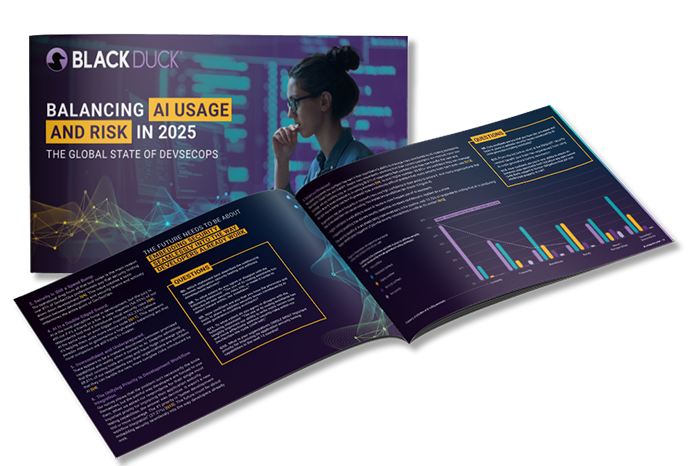By introducing a culture of security into DevOps environments, DevSecOps is designed to address security risks early and consistently. According to the SANS 2023 DevSecOps survey, DevSecOps is a business-critical practice and risk management concern in all organizations focused on software development. The importance of DevSecOps can also be seen in the Black Duck “2023 Global State of DevSecOps” report, in which over 90% of 1,000 IT professionals noted that they incorporate some measure of DevSecOps activities into their software development pipelines.
But even with the wide adoption of DevSecOps, security and development teams still often find themselves at odds when manual application security testing is introduced into the software development life cycle (SDLC). Common complaints include application security testing (AST) tools’ complexity and high learning curves, slow performance, and “noisy” results causing friction—that is, anything that developers see preventing them from quickly building code.
Automated testing increases developer efficiency
Automation is an essential part of the DevOps process, as it enables continuous integration and continuous deployment to improve the speed, efficiency, and reliability of software delivery. Similarly, the key to DevSecOps success is implementing automation that embeds security into the development life cycle. In CI/CD pipelines, automated testing is crucial to validate changes quickly and prevent faulty code from reaching production. Automated tests also ensure that security checks are consistently applied to every build and deployment.
As important, when done right, automated testing delivers an improved developer experience by facilitating more secure software as well as a more efficient development process. In fact, over 70% of the IT professionals surveyed in the “2023 Global State of DevSecOps” report cited automated scanning of code for vulnerabilities or coding flaws as a useful security measure, with 34% calling automated AST “very useful.”
The right mix of tooling streamlines developer workloads
What does security testing done right look like? Ideally, it involves a multilayered approach using a variety of tools: static analysis to identify coding flaws, dynamic testing to examine running applications, and software composition analysis to identify vulnerabilities introduced by open source and other third-party components.
For example, developers who want to identify and triage their security defects early need a solution that can address security defects in real time directly in the integrated development environment (IDE), and that incorporates both static application security and software composition analysis. For real-time analysis of security vulnerabilities in web-based applications, DevSecOps teams need a dynamic solution that continually monitors and provides feedback on security issues.
But what of organizations that don’t have the resources or budget to manage on-premises implementations across their development, build, and testing environments? One strategy is implementing a cloud-based security testing solution that provides the coverage needed to secure proprietary code and third-party software without the complexity that can accompany on-premises AST. This approach can reduce security testing costs since it requires no hardware to deploy or software to update. And it is enterprise-level scalable to support the security of thousands of applications, as there are no limits on team size or scan frequency.
DevSecOps reduces development friction
Although their relationship can sometimes seem problematic, development and security teams are working toward the same goal: driving business growth. By taking a DevSecOps stance and equipping teams with the right automated AST tools, organizations can reduce development friction and maintain velocity while ensuring that code quality and security benchmarks are covered.
Report

Global State of DevSecOps 2024
Discover the latest insights and trends in secure software development, including AI-generated code in the latest DevSecOps report
Continue Reading
Three steps to ensuring the reliability and security of your C++ projects
Jun 03, 2025 | 3 min read
How to secure AI-generated code with DevSecOps best practices
May 08, 2025 | 3 min read
Security automation and integration can smooth AppSec friction
Jan 23, 2025 | 6 min read
Overcome AST noise to find and fix software vulnerabilities
Jan 06, 2025 | 6 min read
Artificial intelligence widens the gap between security and development
Dec 01, 2024 | 7 min read








